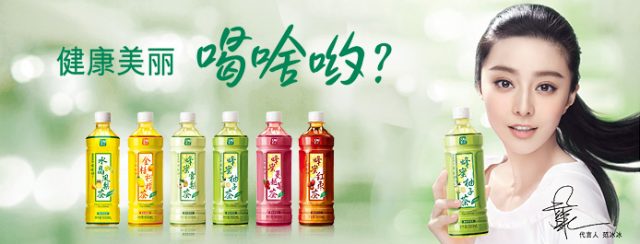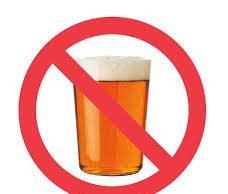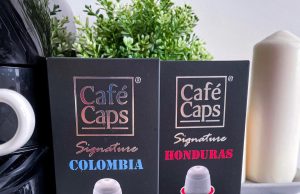Even though own brand’s share of revenue is rising, third party brands still have the largest share of revenue. As of 30 June 2013, Tenwow distributed over 4,300 different products of 76 international local brands. The brands include Dove confectionery, Glico snacks, Red Bull energy drink, Heinz baby food, Kraft snacks, Wrigley candy, Nestle sweets, Mars petfood, Unilever house care products, Wahaha beverage, Nestle coffee and Wang Lao Ji herbal tea. Alcoholic beverages include brands such as Remy Martin, Martell, Hennessy and Chivas Regal.
Product segment:
The good thing about the business model of Tenwow is having the flexibility to adjust the product mix to improve margins. The share of alcoholic beverages by revenue is shrinking, while non-alcoholic beverages and food & snacks are rising. The decline in the revenue share of alcoholic beverages mainly occurs in own brand products. Tenwow is seeing a fall in the demand for its own brand alcoholic beverages as the government clamped down on excessive public spending for overseas trips, food and entertainment and public vehicles. Leading Chinese alcoholic companies including Moutai and Wuliangye have seen a reverse in their fortune after spending is curbed.
| Top chart is own brand products, while the bottom is third party products. Revenue (RMB m) |
Alcoholic beverages continue to contribute the bulk of gross profit despite suffering from shrinking share in terms of revenue contribution. The high gross profit contribution of alcoholic drinks can be explained by the shift towards higher value products.
2013 is the year where non-alcoholic beverages had a stellar performance and this category including RTD tea, herbal tea and energy drink will drive future growth.
Conclusion:
Non-alcoholic beverages
Growth opportunities will increasingly come from non-alcoholic beverages. In 2013, Tenwow launched the “Charcoal Roasted Series” milk tea. In 2014, the company will debut “Charcoal Roasted Café Mocha” and “Charcoal Roasted Café Latte”, and cup-milk tea products. Tenwow is still a small player in the milk tea segment, which is now dominated by Master Kong (Tingyi) and Uni-President. The nimbleness of Tenwow makes any increase in sales reflecting strongly in terms of percentage point due to the low base effect.
Food and snacks
The company is betting on mini packaged food and snacks to drive category growth. There are plans to launch more mini products following the success of the Tenwow Idea line.
Alcoholic beverages
The government clampdown on mid to high-end alcoholic drinks shows the need for Tenwow to move into alcopop with low alcoholic content such as Barcadi Breezer to reach the young market.
Good design
Tenwow’s pack designs are contemporary and very eye catchy putting it in good stead to attract young consumers.
Finance cost risk
Gearing has reduced to 5% as at 31 December 2013 compared to 43% in 2012. Tenwow is seeing a rise in financial costs to meet the working needs of the company. Total borrowings at the end of 2013 stood at RMB1.32 billion, up from RMB1 billion with RMB1.23 billion being short term borrowing. Net borrowings (total borrowings less cash and cash equivalent and restricted cash) fell to RMB123 million in 2013 from RMB710.1 million.
Attractive valuation
With a PE of 17 times 2013 earnings, the share price still has some upside opportunities given the rising contribution of the own brand business. The key risks are the termination of existing distribution agreements for third party products and high finance costs. However, valuation will continue to be affected as long as the company continues to depend on third party business.












